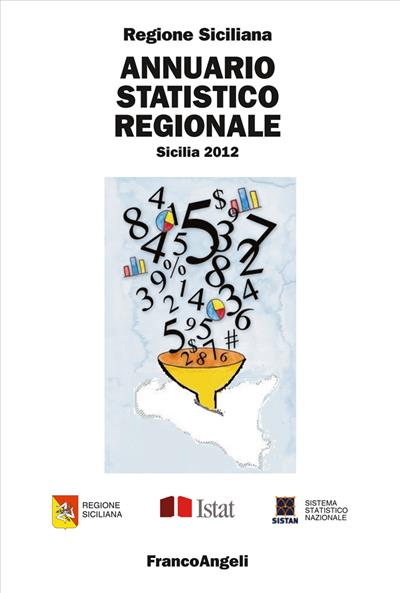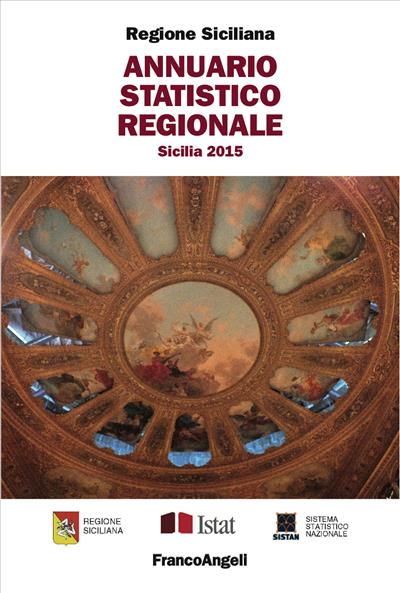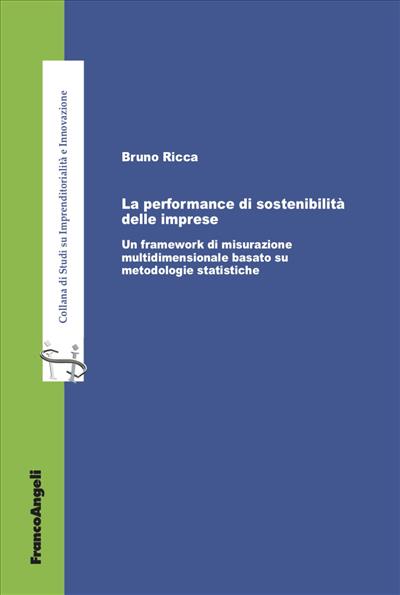
Evolution or Revolution in European Population
European Population Conference. 1 Plenary Session
Edizione a stampa
35,00
Edizione a stampa
35,00
Pagine: 272
ISBN: 9788820492052
Edizione: 1a edizione 1995
Codice editore: 2000.711
Disponibilità: Fuori catalogo




